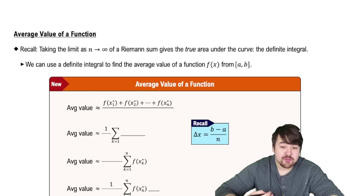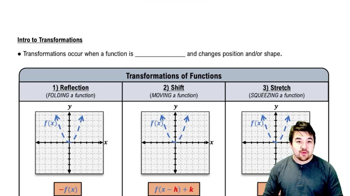{Use of Tech} Fixed points of quadratics and quartics Let f(x) = ax(1 -x), where a is a real number and 0 ≤ a ≤ 1. Recall that the fixed point of a function is a value of x such that f(x) = x (Exercises 48–51).
b. Consider the polynomial g(x) = f(f(x)). Write g in terms of a and powers of x. What is its degree?






